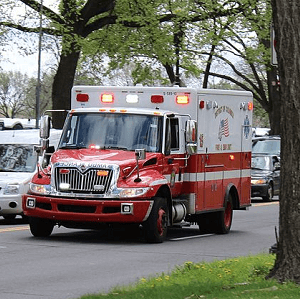A new study reveals alarming disparities in emergency medical services (EMS) across the United States, with Black patients bearing the brunt of these inequalities. The research highlights significant gaps in the quality of care and outcomes for Black individuals seeking emergency medical attention.
One of the most striking findings is that hospitals predominantly serving Black populations face higher rates of ambulance diversion. This means that patients in these communities are more likely to be rerouted to other facilities, potentially delaying critical care. These same hospitals often have fewer resources and less access to advanced cardiac technology, further compromising patient care.
The disparities extend beyond hospital admission. Black and Hispanic patients suffering from myocardial infarction, commonly known as heart attacks, face longer wait times for treatment once they arrive at the hospital. These delays in “door-to-balloon” and “door-to-needle” times can have life-threatening consequences.
Perhaps most concerning is the higher mortality rate for ST-segment elevation myocardial infarction (STEMI) among Black and Hispanic patients. This type of heart attack requires immediate intervention, and the study shows that these populations are less likely to benefit from regionalization programs designed to expedite treatment.
The research also uncovered disparities in stroke recognition, with EMS personnel less accurately identifying strokes in people from racial and ethnic minority groups. This gap in identification can lead to delayed treatment and poorer outcomes for these patients.
These findings underscore the urgent need for addressing racial and ethnic disparities in emergency medical services to ensure equitable care for all patients.
See “Emergency Medical Services (EMS): A Look at Disparities in Funding and Outcomes” (October 9, 2024)



